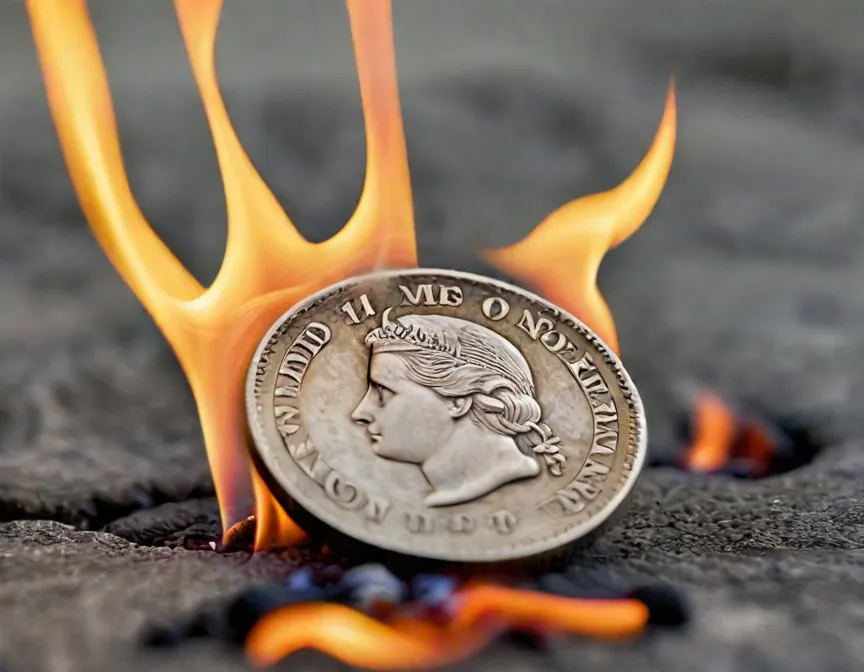Tokenomics; Token Burning
Token burning removes tokens from circulation to control supply, potentially increasing value. It's a strategy used in blockchain ecosystems.

Let's explain how Token Burning works.
Definition and Purpose:
a) Definition:
Token burning refers to the intentional and irreversible removal of tokens from circulation by sending them to an inaccessible address or by using a smart contract mechanism that renders them unspendable.
b) Purpose:
- Scarcity Creation: Token burning is often implemented to reduce the token supply, creating scarcity and potentially increasing the value of the remaining tokens.
- Supply Management: Token burning can help manage the inflationary nature of certain token models, maintaining a balance between demand and supply.
- Economic Alignment: Burning tokens can align the interests of token holders with the long-term success and sustainability of the project.
Mechanisms of Token Burning:
a) Transaction Burning:
Tokens can be burned by sending them to a specific address, known as a "burn address," which is typically unobtainable or unspendable. These burned tokens become permanently locked and effectively removed from circulation.
Example: In the case of the Binance Coin (BNB), Binance periodically conducts token burns by using a smart contract to send a specified amount of BNB to a burn address, reducing the total supply.
b) Proof-of-Burn:
Proof-of-Burn mechanisms involve users proving that they have burned a certain amount of tokens, typically by sending them to a verifiably unspendable address. The act of burning tokens is used as proof to participate in consensus or receive other benefits within the network.
Example: Slimcoin, a cryptocurrency, utilizes a Proof-of-Burn mechanism where users burn existing coins to mine new coins. By sacrificing existing coins, participants increase their chances of mining new coins.
c) Buybacks and Burns:
Token buybacks involve the repurchase of tokens from the market using funds generated from project revenue or token sales. The repurchased tokens are then burned, effectively reducing the token supply.
Example: Ripple periodically conducts token buybacks using a portion of its revenue. The repurchased XRP tokens are burned, removing them from circulation and potentially increasing the value of the remaining tokens.
Implications and Considerations:
a) Supply and Demand Dynamics:
Token burning can impact the supply-demand balance, potentially increasing the value of remaining tokens due to reduced supply. However, the effect on price depends on various factors, including market conditions and tokenomics.
b) Network Effects:
Token burning can create network effects, as reduced supply and increased scarcity may incentivize token holders to hold onto their tokens, leading to increased participation and engagement within the ecosystem.
c) Economic Alignment:
Token burning aligns the interests of token holders with the project's success. As the token supply decreases, token holders who continue to hold tokens may benefit from increased scarcity and potential price appreciation.
d) Transparency and Governance:
The implementation of token burning should be transparent, with clear mechanisms and rules to prevent abuse or manipulation. Transparent governance processes ensure that token holders have visibility into the burn events and understand the implications for the token economy.
Conclusion:
Token burning is a mechanism employed within blockchain ecosystems to remove tokens from circulation, creating scarcity and potentially increasing the value of remaining tokens. By understanding the mechanics, purposes, and implications of token burning, students can appreciate its role in managing token supply, aligning economic incentives, and influencing the dynamics of blockchain networks. However, careful consideration of transparency, governance, and market dynamics is necessary to ensure the effective and responsible implementation of token burning mechanisms.
This article takes inspiration from a lesson found in 15.S12 at MIT.